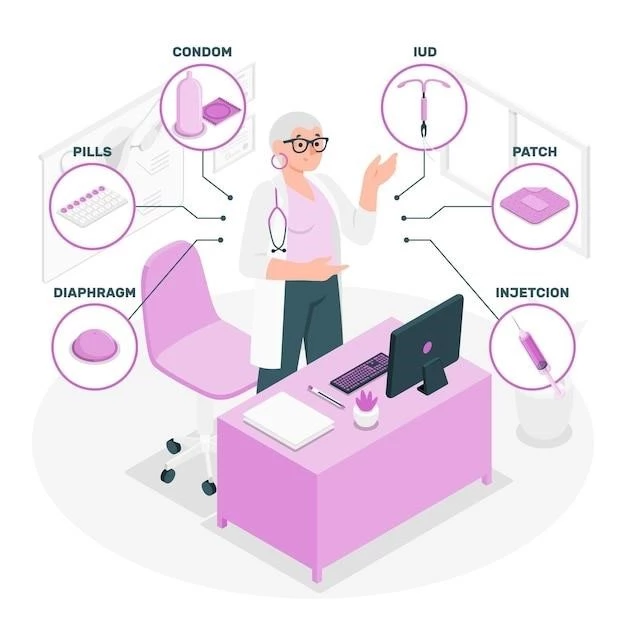Introduction to Porphyria
Porphyria is a group of disorders in which substances called porphyrins build up in the body, adversely affecting the skin or nervous system.
Definition and Background
Porphyria is a group of disorders that involve a buildup of natural chemicals called porphyrins in the body, leading to adverse effects on the skin or nervous system. This condition can result from genetic mutations or environmental triggers.

Types of Porphyria
Porphyria consists of different types, including those affecting the nervous system known as acute porphyria and those impacting the skin known as cutaneous porphyria.
Acute Porphyrias
Acute porphyrias are rare disorders characterized by enzymatic defects in the heme biosynthetic pathway, leading to acute, life-threatening attacks triggered by various factors. These attacks present with debilitating symptoms and require prompt diagnosis and management to prevent complications.
Cutaneous porphyrias are a group of disorders that primarily affect the skin due to abnormalities in the heme biosynthetic pathway. Factors such as iron, alcohol, viruses, and hormones can trigger symptoms in individuals with this type of porphyria. It is crucial to understand the specific triggers and management strategies to alleviate skin-related issues effectively.
Cutaneous Porphyrias
Cutaneous porphyrias primarily affect the skin due to abnormalities in the heme biosynthetic pathway. Understanding triggers like iron, alcohol, and viruses is essential for effective symptom management.
Genetic Mutations
Genetic mutations play a crucial role in the development of porphyria, impacting the enzymes involved in heme production. Understanding these mutations, whether hereditary or acquired due to environmental factors, is essential for accurate diagnosis and treatment planning.
Environmental Triggers
Environmental triggers play a significant role in porphyria, with factors like medications, hormonal changes, fasting, and other environmental elements contributing to the onset of acute attacks. Recognizing and avoiding these triggers is essential for managing porphyria effectively and minimizing the risk of complications.

Symptoms and Diagnosis
Identifying symptoms and undergoing appropriate diagnostic procedures are crucial steps to confirm the presence of porphyria. Consult a healthcare professional if experiencing any concerning signs for proper evaluation.
Common Signs to Look For
Recognizing common signs such as abdominal pain, chest pain, vomiting, confusion, constipation, fever, and high blood pressure are crucial for identifying potential porphyria. Consult a healthcare provider promptly if experiencing these symptoms for proper evaluation.
Diagnostic Procedures
Diagnosing porphyria involves various diagnostic procedures, including blood, urine, and stool tests to measure porphyrin levels, as well as genetic testing to identify specific mutations. Consult a healthcare provider for accurate diagnosis and appropriate management based on test results.
Treatment and Management
Management of porphyria involves medications and therapies tailored to individual needs, along with implementing lifestyle changes. Consult healthcare professionals for personalized treatment plans.
Medications and Therapies
Porphyria treatment involves specific medications and therapies tailored to each patient’s needs. Effective management strategies can help control symptoms and improve overall quality of life. Consult healthcare professionals for personalized treatment recommendations.
Lifestyle Changes
Implementing appropriate lifestyle changes is essential in managing porphyria effectively. This may include avoiding triggers, maintaining a balanced diet, staying hydrated, protecting the skin from sunlight, and managing stress levels to help reduce the frequency and severity of symptoms. Consulting with healthcare professionals for personalized advice on lifestyle modifications is highly recommended.
Prevention and Prognosis
Strategies for preventing porphyria attacks include avoiding triggers, maintaining a healthy lifestyle, and seeking medical advice promptly. Long-term prognosis varies, with proper management leading to improved outcomes. Consult healthcare professionals for personalized guidance.
Strategies for Preventing Attacks
To prevent porphyria attacks, it is crucial to avoid triggers such as certain medications, hormonal changes, fasting, and other environmental factors. Adopting a healthy lifestyle, staying hydrated, protecting the skin from sunlight, and managing stress are essential preventive measures. Consult healthcare professionals for personalized advice on minimizing attack risks.
Long-Term Outlook for Patients
Understanding the long-term outlook for patients with porphyria is essential. Proper management, including medication adherence, lifestyle modifications, and regular follow-ups, can significantly impact the prognosis and overall quality of life for individuals living with this condition. It is crucial for patients to work closely with healthcare providers to monitor their health status and ensure optimal management strategies are in place for long-term well-being.
